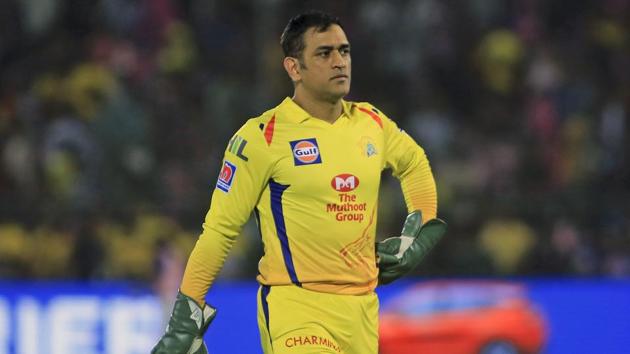IPL 2019: MS Dhoni crossed the line, says Simon Taufel
Former International Cricket Council (ICC) umpire Simon Taufel wrote in a column for ESPNCricinfo that MS Dhoni crossed the line when he decided to clarify a situation with the on-field umpires during an IPL match against Rajasthan Royals.
The Chennai Super Kings captain MS Dhoni carried out an act in an IPL match which surprised every single cricket fan. During a match against Rajasthan Royals on April 11, the umpire at the non striker’s end - Ulhas Gandhe - called a no ball when Ben Stokes bowled a full toss to Mitchell Santner. However, the square-leg umpire Bruce Oxenford disagreed with the call and Gandhe put his arm down immediately. The players were left confused if Stokes bowled a no ball or not. Since the Chennai Super Kings needed 8 runs from 3 balls - an extra run would have been a big boost. Therefore, MS Dhoni, who was dismissed in the earlier delivery, stormed into the ground to clarify the situation with the umpires.

Eventually, the umpires decided that the delivery was not a no ball and CSK were left with an equation of 6 runs from 2 balls. Thereafter, Santner wrapped up the match with a six off the last ball.
ALSO READ: Ravichandran Ashwin’s ‘Mankad’ finds support from former ICC Umpire of the Year winner
Former International Cricket Council (ICC) umpire Simon Taufel wrote in a column for ESPNCricinfo that MS Dhoni crossed the line when he decided to talk to the on-field umpires.
“I would have much preferred to have seen the umpire at the bowler’s end back himself and be confident with his original call, because from the officiating perspective, normally your first call or gut instinct is the right one. The replays I have seen seem to support the original call in this case. Be that as it may, there is no reason for the batting captain to come onto the field and contest the decision or seek clarification while the match is in progress. In this case, Dhoni did cross the line,” writes Taufel.
Taufel added that Gandhe should have revoked his original call rather than discontinuing his no ball call process.
“In this particular case the no-ball was signalled by the bowler’s-end umpire, who stuck his arm out without waiting to confirm the height judgement with his colleague at square leg. And the square-leg umpire himself had not signalled a no-ball. So the bowler’s-end umpire perhaps second-guessed himself and (then) decided to retract or discontinue the no-ball call process. He did not revoke his original call, which was for a no-ball. Had he done so, it might have avoided some of the confusion,” writes Taufel.






